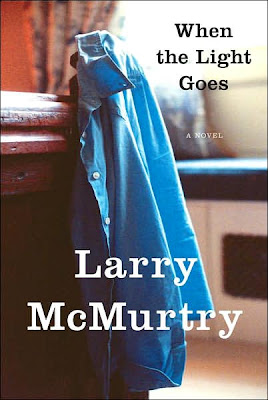
(This photo is from a few years ago, taken by a friend on a trip that we took to Yosemite together.) Click on any of the images to make them larger.
We took our annual trip to Yosemite to go ice skating last week and on the trip into the valley we saw a coyote....just standing by the side of the road.
Here is some information on coyotes in Yosemite.
The Handbook of Nature Study does not have any listing for coyotes in their mammal section but it did have this to say in the general mammal introduction on page 214:
"Some of the so-called game animals have suffered wanton destruction at the hands of 'civilized man,' but in more recent years many laws and regulations have been passed to give these animals more chances to live. Even more stringent laws are needed and rigid enforcement must be exacted if wild animals in general are to be expected to increase in number."
(interesting to note is that she wrote this in 1911)
I found an interesting brochure on how to help keep coyotes wild and we will be covering it with our boys. Where we live there are wild coyotes and it is always good to be aware of how we can help keep them out of trouble. We live near the edge of town so we have frequent encounters with wildlife and it is a challenge to balance our needs with those of the animals around us.

We saw lots of crows on this trip. There is lots of information in the Handbook of Nature Study about crows. See pages 124-127.
Edit: I have since discovered that these are ravens and not crows.

Crows flying with Half Dome in the background.
Barb-Harmony Art Mom





















































